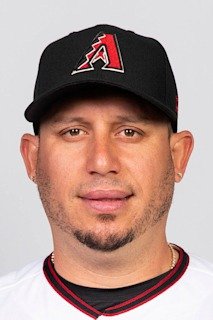
This is your Diamondbacks Stats, News, Rumors, and Commentary Roundup for the Morning of July 15, 2021.
A Look at Diamondbacks Pitchers’ Horizontal Movement on Pitches
Humberto Castellanos
Taylor Widener
Taylor Clarke
Joakim Soria
Joe Mantiply
Zac Gallen
Merrill Kelly
Luke Weaver
Caleb Smith
Jake Faria
Matt Peacock
Now onto the News, Rumors, and Commentary…
“Pirates The Pirates collected the best college position player (Davis), the best high school left-hander (Solometo, second round) and the best two-way prospect (Chandler, third) as well as one of the better athletes (White, supplemental second). That quartet will soak up much of Pittsburgh’s bonus pool, but it also took a projectable Vermont prep right-hander who impressed at the inaugural Draft Combine (Owen Kellington, fourth), one of the top fifth-year collegians and the NCAA Division I leader in total bases (Dallas Baptist second baseman Jackson Glenn, fifth) and a pitchability college starter with a high floor (California righty Sean Sullivan, eighth). 8 with Pennsylvania high school outfielder Benny Montgomery, who might have the best all-around tools in the prep class, before loading up on college pitchers: Louisiana State right-hander Jaden Hill (second round), Ohio left-hander Joe Rock (supplemental second) and Indiana righty McCade Brown (third). 7 stunned the industry, some clubs considered him the best southpaw in the Draft and it allowed the Royals to go big on two more prepsters, Kansas right-hander Ben Kudrna (second round) and Missouri catcher Carter Jensen (third).”
Above is the summary of: These clubs had the best Draft hauls… tap or click to check out the full article.
Source of featured image